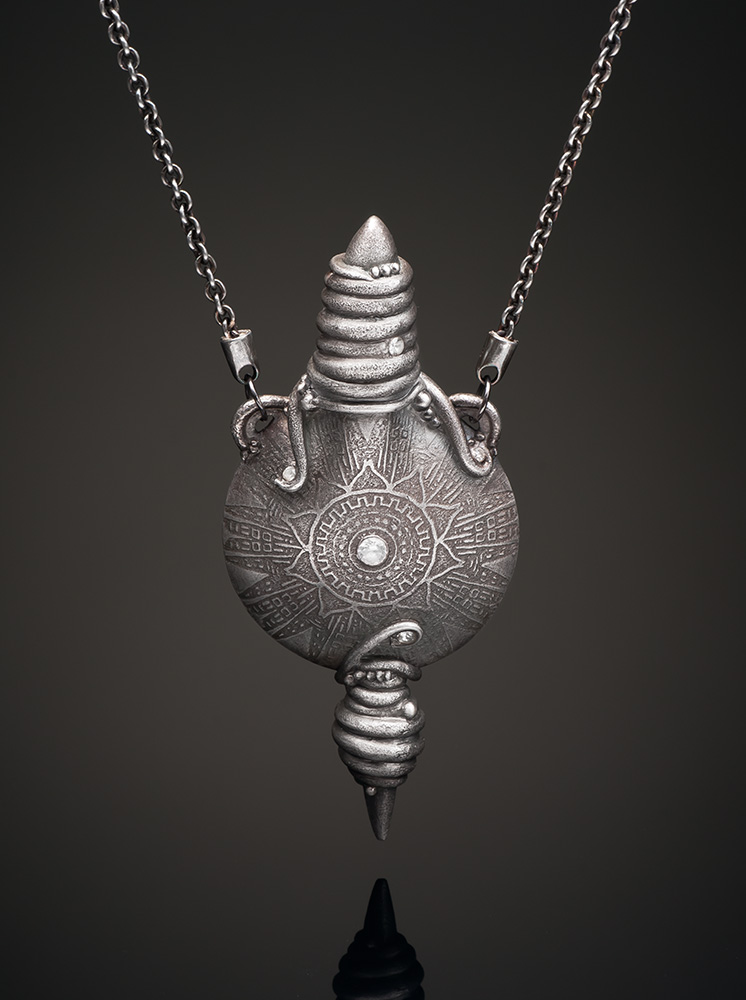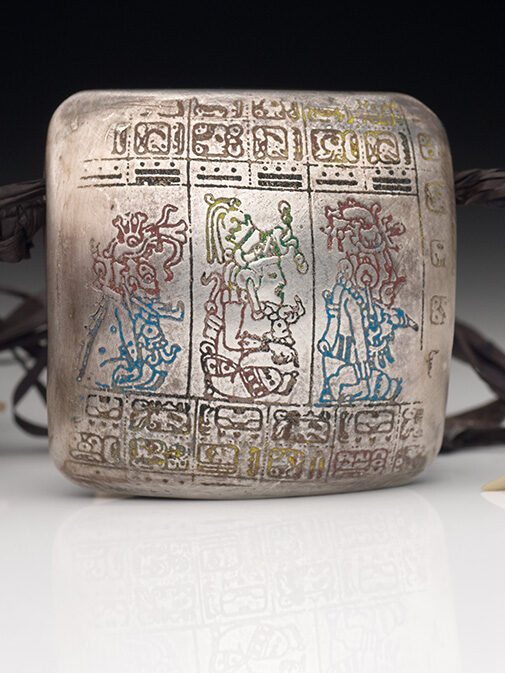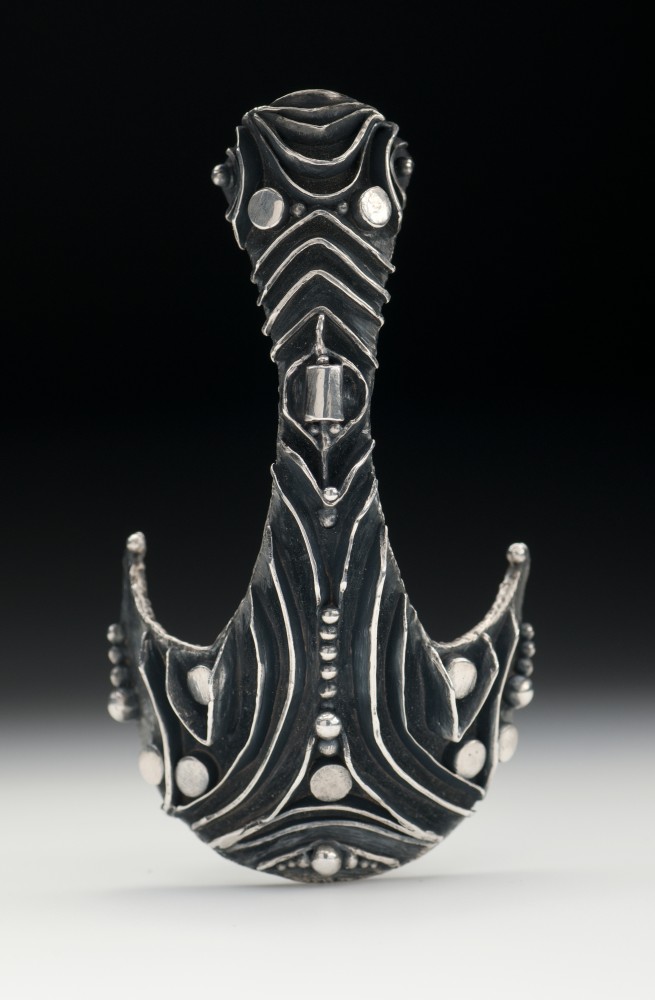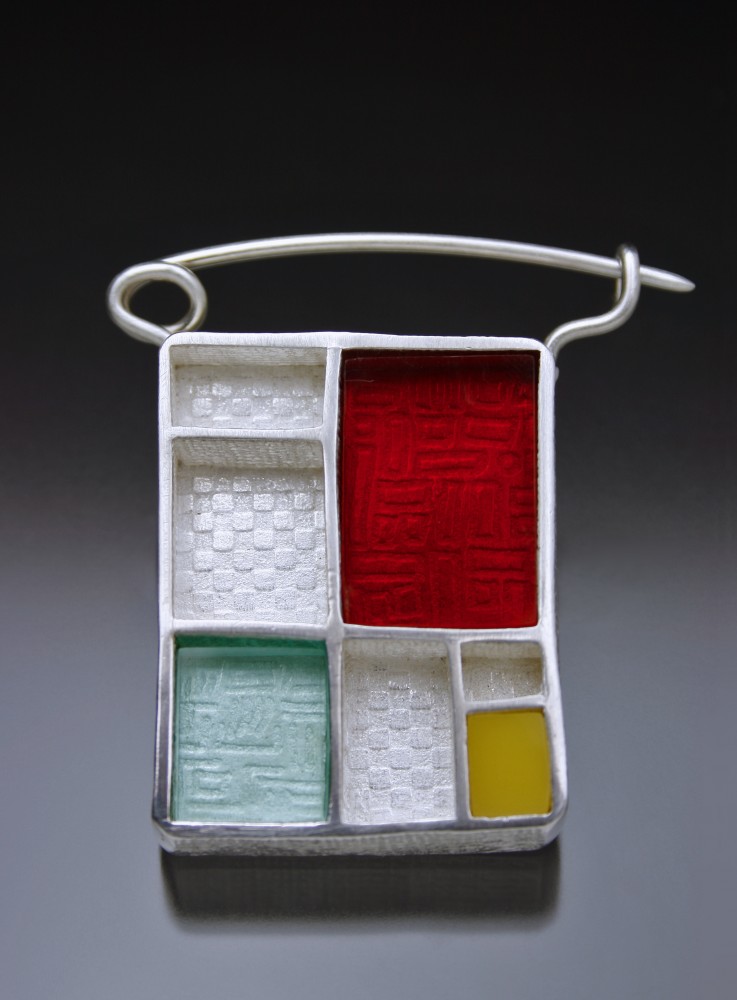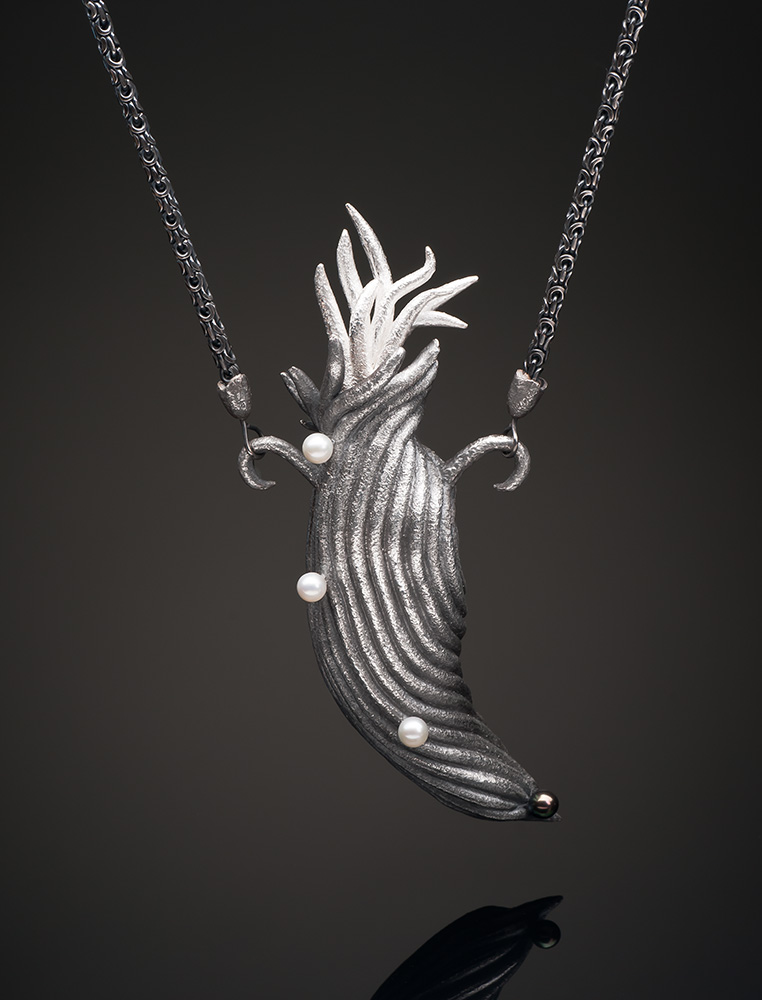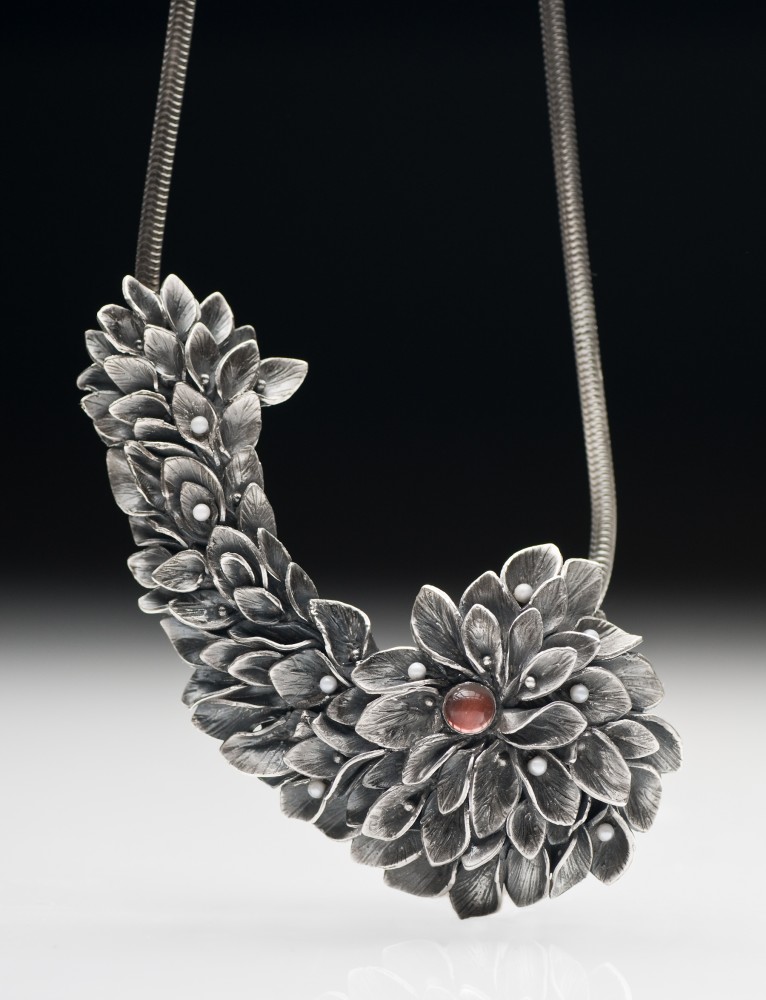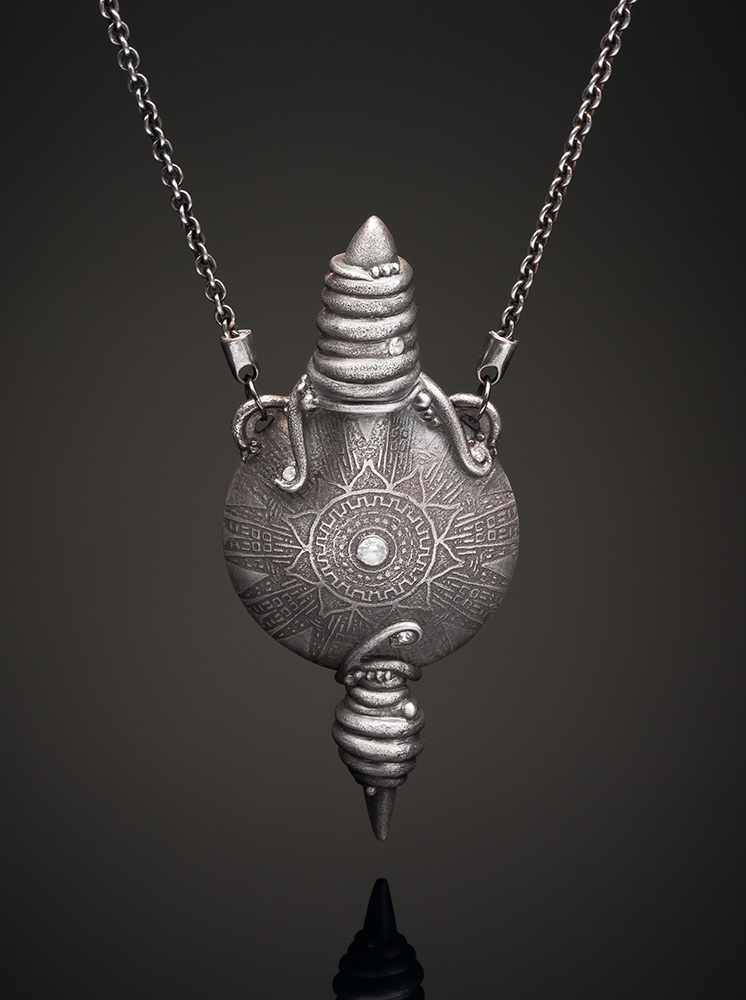Julia Rai
Julia, what brought you to metal clay in 2004?
Looking at your artist biography, it seems you are very active in both teaching and creating. What drives you?
As an artist, are you always pushing your own boundaries technically, or spending more time on perfecting the techniques you have already mastered?
The skill level of European artists has risen dramatically over the last ten years or so. What do you think is the main reason that metal clay seems to have really blossomed here?
You are very well published, writing for a variety of publications on metal clay topics, with a host of project tutorials as well. For those artists out there that want to get their work published, do you have any tips and/or suggestions for marketing themselves?
Which facet of being an artist attracts you the most? Creating, teaching or writing?
You have said that science fiction and history inspires your work. Are you regularly writing or sketching out ideas in your daily life, or is it more of a spontaneous process for you?

